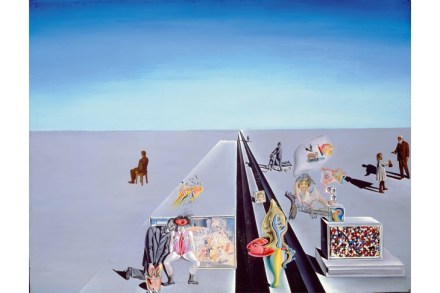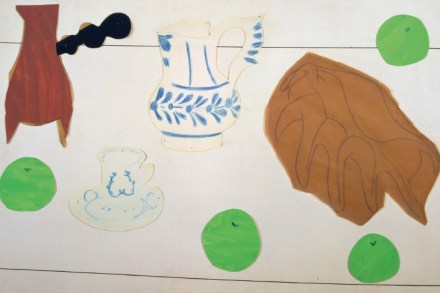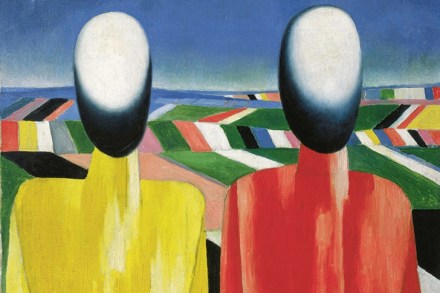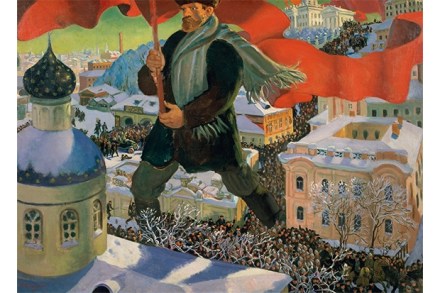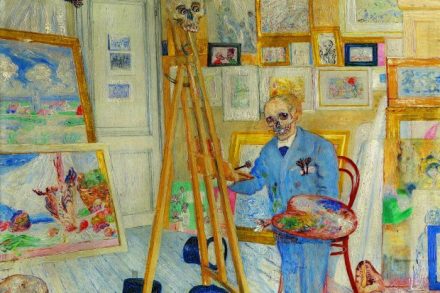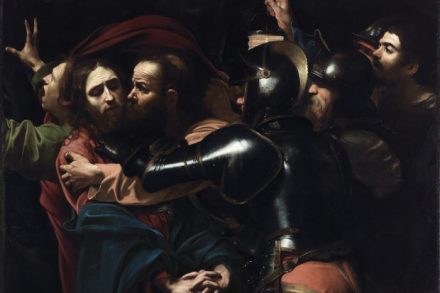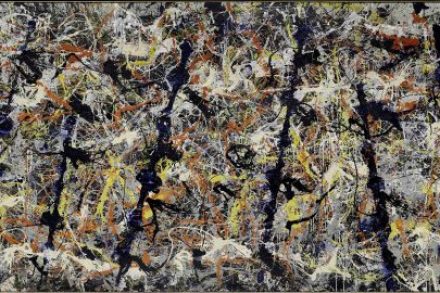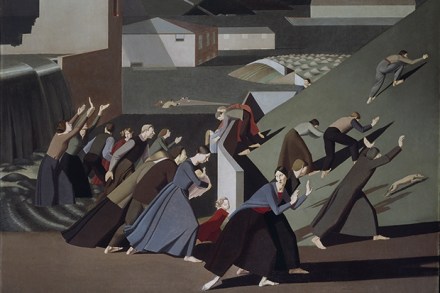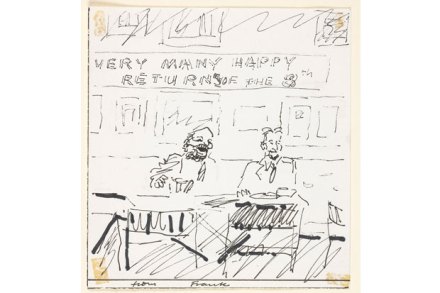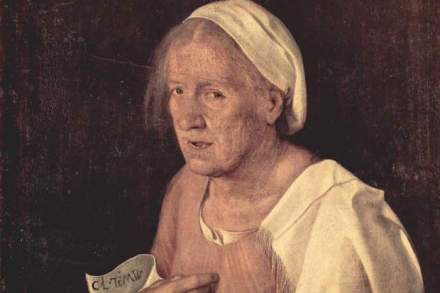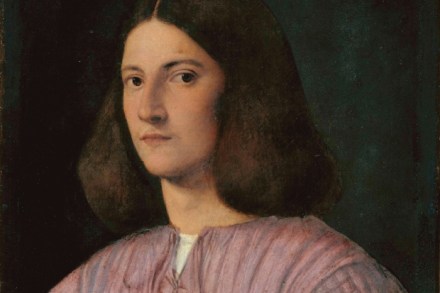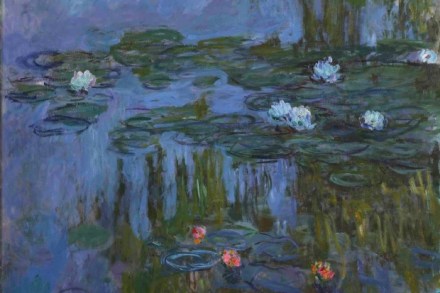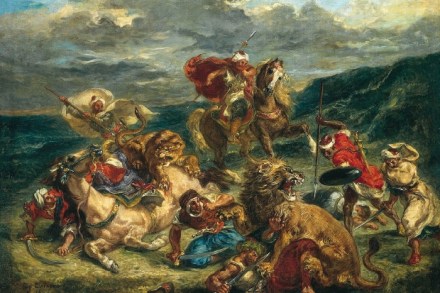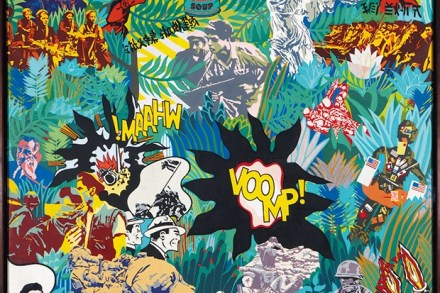It’s the thought that counts
During a panel discussion in 1949, Frank Lloyd Wright made an undiplomatic comment about Marcel Duchamp’s celebrated picture of 1912, ‘Nude Descending a Staircase, No. 2’, in the presence of the artist. ‘I am sure he doesn’t himself regard it as a great picture now.’ At this Duchamp bridled, exclaiming in his excellent English, ‘I beg your pardon, sir!’ However, the architect had a point, as the exhibition Dalí/Duchamp at the Royal Academy bears out. I came away from it reflecting that Duchamp wasn’t a very good painter. This is not the point, obviously, that the RA intended to make. The idea was to reveal how much this improbable pair
